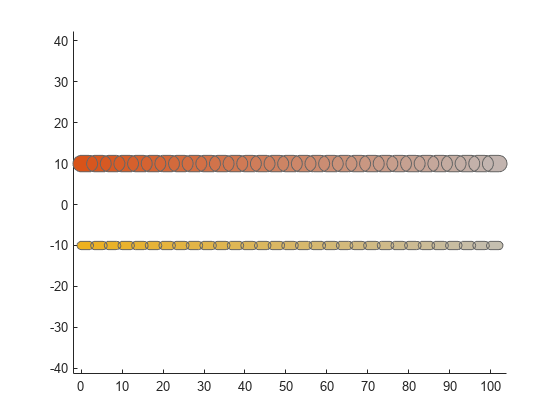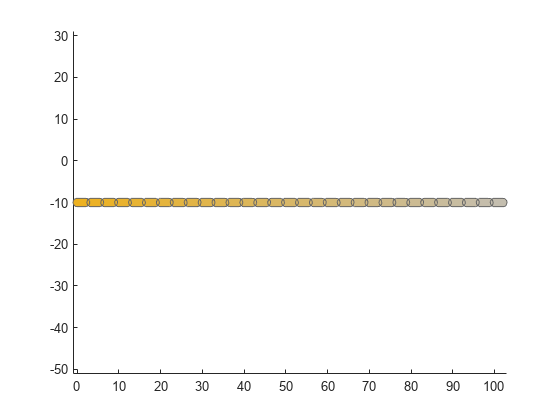obstacleGeometry
Geometric properties of obstacles
Syntax
Description
[
returns the obstacle ID and the geometry parameters for each obstacle in the capsule
list.obstacleIDs,geomStruct] = obstacleGeometry(capsuleListObj)
[
specifies which obstacle to return the ID and geometry parameters for.obstacleIDs,geomStruct] = obstacleGeometry(capsuleListObj,selectObstacleIDs)
[
returns an indicator of whether each ID in obstacleIDs,geomStruct,status] = obstacleGeometry(capsuleListObj,selectObstacleIDs)selectobstacleIDs
exists.
Examples
Input Arguments
Output Arguments
Extended Capabilities
Version History
Introduced in R2020b

